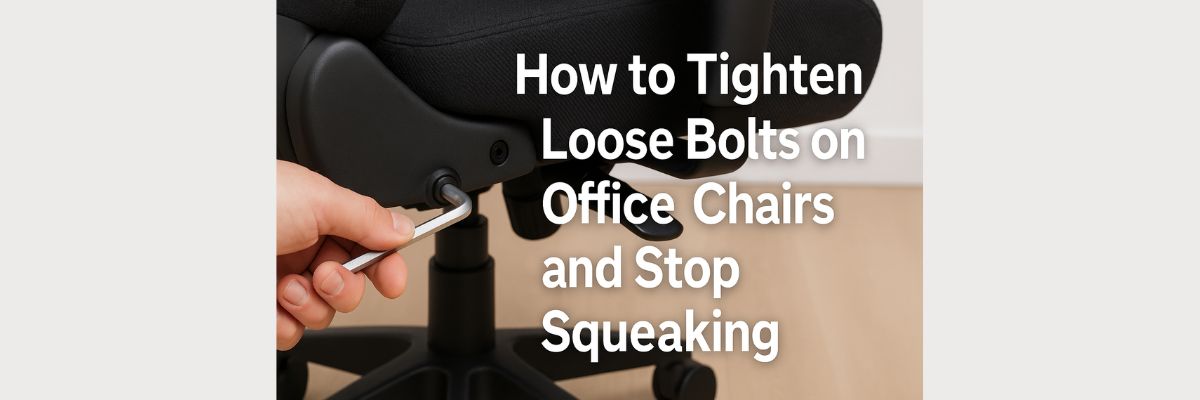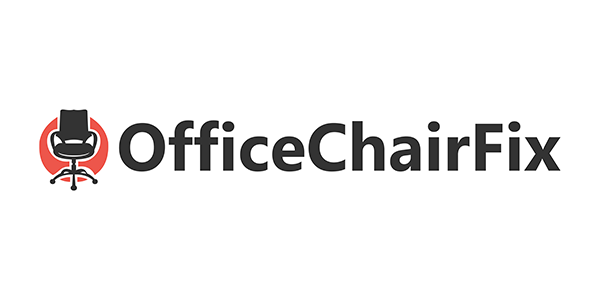A squeaky office chair or one that feels loose can quickly become a daily frustration. Fortunately, most of these problems are caused by loose bolts or insufficient lubrication. Here’s how to tighten everything up and enjoy a quieter, sturdier chair.

Why Office Chairs Squeak and Loosen Over Time
- Frequent use causes vibration and wear, loosening screws and bolts
- Dry joints and unlubricated metal components rub and squeak
- Incorrect assembly or missing washers may lead to instability
Tools and Supplies You’ll Need
- Allen wrench set (hex keys for seat bolts)
- Screwdriver set (Phillips and flathead)
- Adjustable wrench (for tightening base bolts)
- Threadlocker (Loctite) to prevent future loosening
- WD-40 or silicone-based lubricant for squeaky joints
- Replacement washers (optional if old ones are missing or cracked)
Step 1: Inspect All Connection Points
Flip the chair upside down or lay it on its side. Look at:
- Where the seat attaches to the base plate
- The armrests and backrest mounts
- The tilt mechanism and adjustment levers
Wiggle each component to identify any movement.
Step 2: Tighten Loose Bolts and Screws
Using your Allen wrench or screwdriver, turn all fasteners clockwise until snug. Do not overtighten into plastic parts to avoid stripping.
For stubborn bolts, use an adjustable wrench or pliers for extra torque.
Step 3: Apply Threadlocker (Optional)
If certain bolts keep loosening over time, apply a drop of blue threadlocker before tightening. This helps prevent vibration from loosening the bolts again.
Step 4: Lubricate Squeaky Joints
Spray WD-40 or a silicone lubricant onto:
- Pivot points between moving parts
- Where metal rubs against metal or plastic
- The gas lift cylinder and tilt tension areas
Avoid spraying too much — a quick burst usually does the job.
Step 5: Replace Missing Washers or Damaged Parts
Washers help distribute pressure and reduce noise. If you find cracked or missing washers, replace them using a universal washer set. Also inspect for stripped screws or bent bolts that may need replacing.
Step 6: Reassemble and Test the Chair
Once all bolts are secure and lubricated, flip the chair upright and gently sit in it. Test the armrests, backrest, and tilt function. Listen for any remaining squeaks or shifts.
Preventive Maintenance Tips
- Tighten all fasteners every 2–3 months
- Keep joints clean and dust-free
- Lubricate moving parts twice a year
- Do not exceed the chair’s weight capacity
Conclusion
Fixing a squeaky or wobbly office chair is simple with the right tools and a few minutes of your time. Tightening bolts and adding lubrication not only stops the noise but also extends the life of your chair. Perform regular checks to keep your seat stable, quiet, and comfortable.


